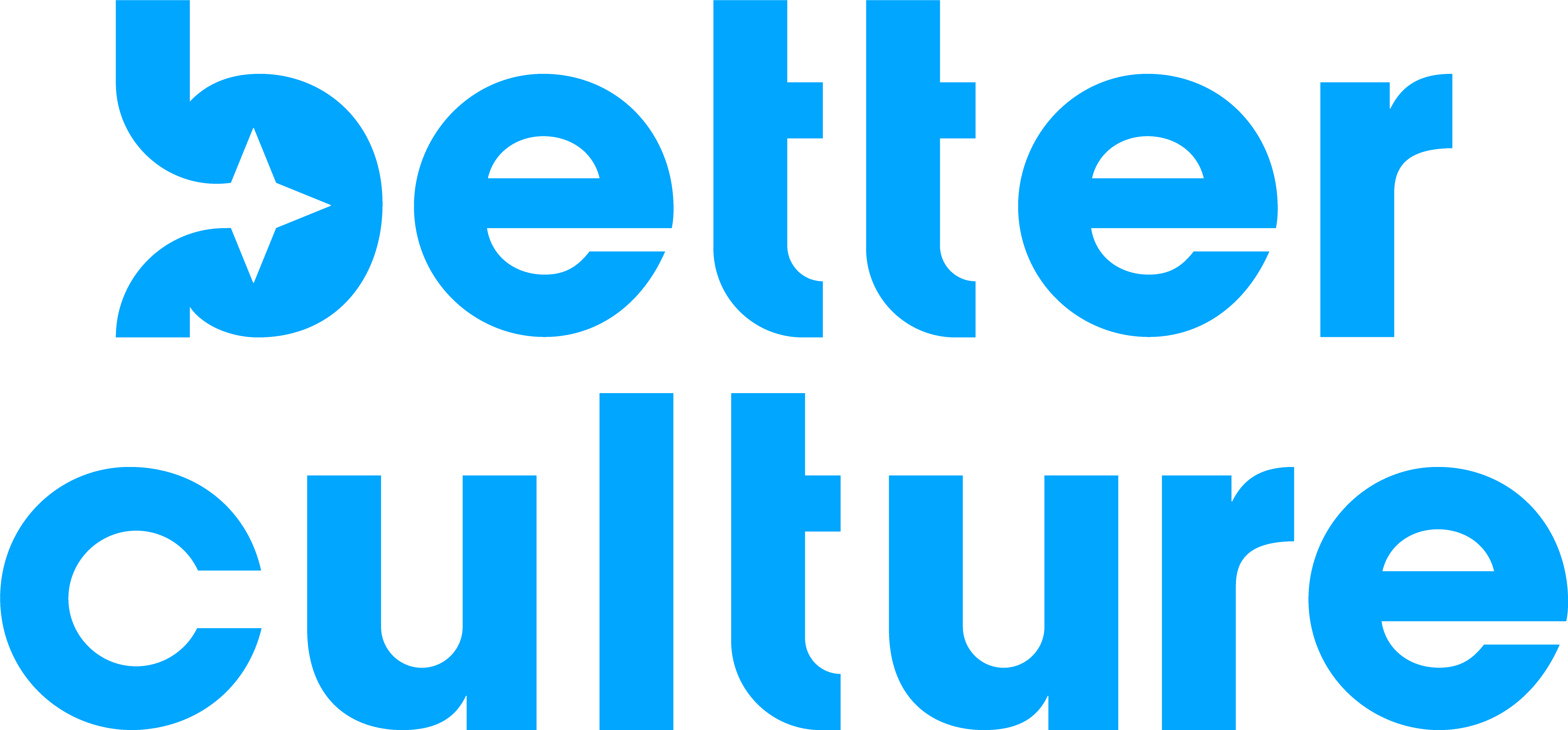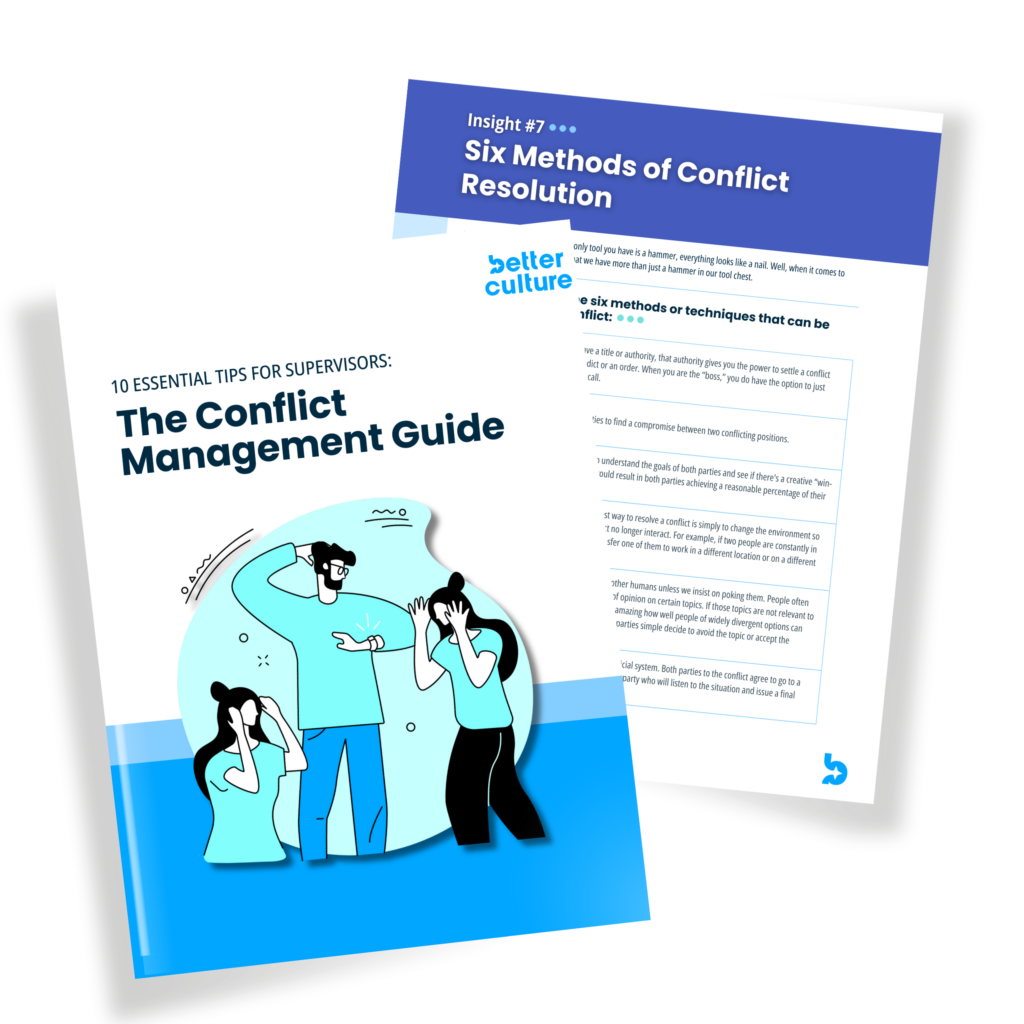As a wise leader once commented, “Being the part-time mail clerk of a great company is worthy of pride; being the CEO of a lousy company is worthy of shame.”
After years conducting our BetterCulture employee engagement surveys and reviewing and presenting results across wide-ranging industries, one thing has become clear: when employee pride is low, culture suffers. When employees are proud of where they work, employee engagement soars. And as we all know, when company culture and employee engagement improve, business results are very likely to follow.
In fact, data from our BetterCulture Employee Survey shows that pride is the #1 factor influencing company culture and long-term employee performance.
Given the importance of the pride factor, it is unfortunate that learning how to build pride within an employee base is seldom (okay, never) taught in undergrad business programs, MBA programs, or in on-the-job management training. To call this an oversight is a gross understatement!
To become proficient at building employee pride, leaders must have clarity of thought on two essential questions:
- What elements of our business are employees most likely to be proud of?
- What actions can we take to increase employee pride?
Let’s take a deeper dive into these two questions.
Proud of what?
Employees want to be proud of the work they do and the company they work for. One reason for this is that cognitive dissonance is created when our behaviors are not in alignment with our beliefs. When that occurs, humans are motivated to take action to reduce that dissonance.
Related to the world of work, your employees are already performing a “behavior” of coming to work for your organization every day. To justify that effort and commitment, they are psychologically primed to want to find and hear information that reinforces that they have good reason for why they have chosen to expend their time and effort working for your organization.
In simple terms, your employees want to hear information about what makes their organization admirable. They want to be proud of where they work. The result? They will be eager to hear the right information.
So how do you know what information your employees most want to know? The answer will be unique to every organization and employee base, but here are a few topics and subjects that can engender feelings of pride:
- An inspirational founding story
- The high quality of your products or services
- Your distinct culture or work environment
- An exceptional safety record
- Status as an industry leader
- The impact your organization makes on the community
- Etc.
If you would like help exploring the aspects of your organization that your employees are most likely to be proud of, download our FREE Proud of What? brainstorming worksheet. It will provide you with 30+ common origins of employee pride to consider for your organization.
Once you’ve identified company attributes that are deserving of pride, it’s time to move on to the next question: What can leaders in your organization specifically do to increase employee pride?
How do you increase employee pride?
The way employees feel about their company is shaped from the moment they first hear about or interact with the organization (a job ad, website, recruiter contact, interview experience, etc.). That feeling continues to be formed through the orientation process, where purposeful experiences, storytelling, executive exposure, and wise processes can skyrocket an employee’s pride in their organization.
A failure to make good use of new staff orientation to build a strong foundation of employee pride is one of the most common mistakes we see – and it is a huge missed opportunity! But pride-building must not stop there. Organizations must continue to provide employees with the positive information they want to hear.
And here is a truism you can take to the bank. It is impossible to be proud of something that you don’t know anything about.
Here are three specific tactics leaders can use to consistently increase employee pride.
Tactic #1: A Seat at the Table.
There can be a “startle effect” when you unexpectedly share information with staff members that they would not normally anticipate having. Sharing such information will often result in employees having a better understanding of the business and feeling more included and important. An example of this would be a manager asking a team member if they have ever seen a monthly financial report. By spending fifteen minutes with an employee going over that financial statement, you have the opportunity to strengthen your relationship with the employee while increasing their connection to the company. When employees feel more connected – more on the “inside” where their egos become tied to the whole – they will feel more pride.
This type of impact can also be achieved by asking employees to share their thoughts on significant matters under consideration. Offering up a seat at the company table sends a powerful message of respect, deepens the level of commitment a staff member has with his or her company, and builds a greater sense of pride.
Tactic #2: Being A PR Agent.
Another tactic that any employee can use to increase the pride of those around them is to operate as an unsolicited public relations agent (“PR agent”) for great members of their team. In other words, make it your job to trumpet the reputation of great teammates both inside and outside of your organization.
How does this build pride? Well, when employees are constantly hearing about the great people they have the privilege of working with every day, they quickly realize that they must work for an exceptional organization!
One of the most powerful opportunities to use your PR Agent skills is when interacting with customers (and especially when your employees are in earshot). Make it a point to introduce guests to excellent team members by including compliments related to their work. For example, ”Jeff, this is Dave who works in our maintenance department. You commented earlier about our great looking facilities – well, here is one of the guys responsible for making sure we always make a great first impression.” or “Mrs. Jones, you are going to absolutely LOVE Jen – not only is she a great therapist, she is also just terrific with kids!”
Here your comments let your colleague hear first-hand just how valuable they are and how proud their company is of them.
Tactic #3: Celebrate the Good Times.
In the context of a work environment, throwing ”victory celebrations” for completing projects or reaching important milestones can contribute to the strength of an organization’s culture. Strong teams and companies recognize that although some leaders have little personal need for celebration (or may even see celebrations as a waste of time and resources), great cultures build from one success to another. Taking the time to collectively appreciate a success, be it small or large, will be meaningful to many in the organization and can help build a sense of both pride and momentum.
Like a “high-five” after a great pass in basketball, celebrating can help to build momentum; and a pause to celebrate can even help reduce staff burnout.
Bottom line: A prideful employee base is a major asset for any organization.
Therefore, creating and instilling a sense pride in your employee should be an intentional focus of leadership. And ensuring that employees know about, and feel connected to, the most compelling and admirable aspects of their organization is a great place to start!



